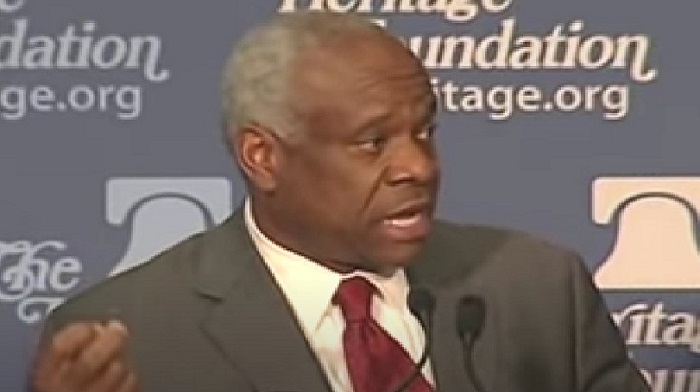Mario Martone’s moody drama Nostalgia marks a shift for the director — or maybe it’s more accurate to call it a return. The Italian auteur’s earlier films, like Rehearsals for War and The Smell of Blood, were lauded for their distinctive style and moral clarity. Martone’s more recent projects — bloated historical narratives leaden with verbosity — were less well-received.
In Nostalgia, an adaptation of Neapolitan writer Ermanno Rea’s novel, Martone cuts back on some of his recent flourishes to deliver a more straightforward, thriller-esque drama. Running at almost two hours, the film could have used additional fine-tuning — a few trims to help make some sequences more dynamic. Still, with a formidable cast, assured direction and skillful camerawork, Nostalgia proves to be a surprisingly absorbing film, one that could find audiences outside of Italy.
Nostalgia
The Bottom Line
A sober, satisfyingly straightforward drama.
Nostalgia’s constraints are key to its effectiveness. This is not a complex biography wrestling with the life and ideas of an important Italian figure. It’s a more familiar story, set in contemporary times: After decades abroad, a man returns to his neighborhood in Naples for closure. Wistful memories quickly subsume him, and he finds himself enamored with the place he swore he’d left behind. The contained narrative gives Nostalgia a sharp focus and clarity. And instead of shooting across the entire city of Naples, Martone narrows the film’s locale to a single neighborhood: Rione Sanità, an area plagued by poverty and governmental neglect. It’s a site that the director visited in his 2019 film The Mayor of Rione Sanità, and that familiarity infuses this project with a crucial intimacy.
Returning is an act of encountering the old and the new at once, and Martone’s ability to convey that friction is one of Nostalgia’s strengths. The film begins with Felice Lasco (Pierfrancesco Favino), an inhibited 55-year-old businessman, returning to Sanità to visit his aging mother, Teresa (Aurora Quattrocchi). The neighborhood — where he lived until he was 15 — has changed considerably, but Felice doesn’t (or can’t seem to) acknowledge that yet. What he does know is that his mother is partially blind and has been conned into moving into the dimly lit ground floor apartment of the now poorly maintained building. The upsetting discovery prompts Felice to find her new lodgings — a bigger apartment with a lemon tree in the garden.
Martone paints an aching portrait of a mother and son’s physical and temporal distance, giving us an opportunity to understand part of Felice’s motivations for returning. A particularly moving sequence, involving Felice giving Teresa a bath, is a testament to how their relationship has changed over the years — a mother now in the care of her son. It’s through these scenes that we also come to understand how much Felice has changed: After traveling across Africa with his uncle, he settled in Cairo where he married a woman (about whom not much is revealed), started a successful business, learned Arabic and became a Muslim.
Teresa’s death — abrupt, undramatic — ruptures Felice’s relationship to Sanità. He doesn’t have a real reason to stay, but he also doesn’t feel ready to leave. He finds himself walking through alleyways, treading familiar paths while reliving memories. It’s through these flashbacks — which Martone intercuts with Felice’s present-day wanderings — that another reason for our flâneur’s return is revealed.
Oreste Spasiano (Tommaso Ragno) was one of Felice’s best friends, a brother really, with whom he would ride through Sanita’s streets, swim naked at the beach and commit petty theft. Whereas Felice fled the country after a fatal accident, Oreste stayed. Forty years later he is simply known as Badman, the leader of the neighborhood’s most dangerous gang. Despite several warnings from current residents, including the local priest Don Luigi Rega (played by Francesco Di Leva), Felice wants to talk to Oreste.
Felice’s memories of the notorious gang leader differ from neighborhood lore. In his mind, he and Oreste still have much in common. They are the teenagers who used to ride around Sanità, the boys with a deep fraternal bond. Yet memories, like nostalgia, can be a trap; revisit them enough and you risk losing sight of the present. That’s what happens to Felice: His weeks in Sanità turn into months, and he eventually decides he wants to buy a house and never leave. A roughly translated Pasolini quote that opened the film begins to haunt Felice’s movement: “Knowledge lies in nostalgia.”
Indeed, there are lessons to be learned from the past, but you must be open to receiving them. As Felice gets to know the neighborhood’s residents from new families to refugees, he can’t seem to shake his interpretation of the past. Favino plays Felice with a calm restraint, a distance that conveys how out of touch Felice is with himself. One starts to feel bad for him, and then to get impatient with his misguided confidence and insistence.
In the backdrop of Felice’s drama is Sanità, the neighborhood. Martone and DP Paolo Carnera bring the Neapolitan quarter to life, teasing out its beauty while suggesting why the city faces high poverty and crime rates. I wish Nostalgia offered more, though, in terms of history, bridging the gap between Felice’s memories and the present-day conditions.
Felice and Oreste eventually meet, their encounter crackling with tension. Favino and Ragno both give strong performances as two friends — brothers, really — whose muddied relationship is plagued by betrayal and misunderstanding. They maneuver their big scene with a quietness that underscores how time and distance have changed (and not changed) the two men.
What could have used the same level of control is Martone’s treatment of nostalgia, which gets telegraphed to the point of exhaustion. The film obsessively circles the theme, investigating its romances and its dangers. But at a certain point, it begins to feel elliptical and dissatisfying — a distraction from a perfectly fine study of a man wrestling with his return.
























































